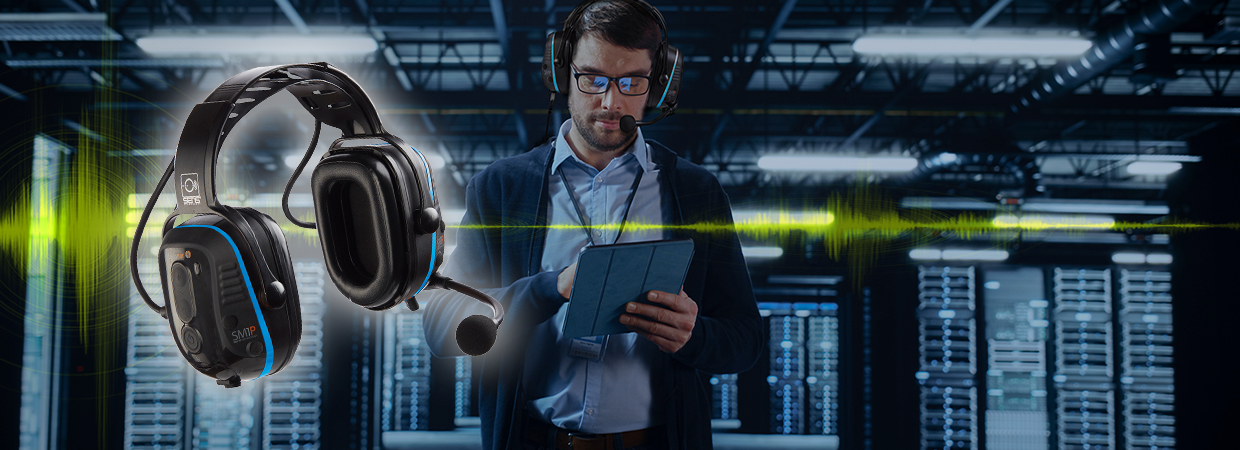- Home
- Blog
- Two-Way Radio Communication
- Communication: Analog vs. Digital

Analog systems became popular among the general public around the 1930s and were particularly utilized within two-way radio communication systems. The analog two-way radio quickly became the communication system of choice among those in the business arena. However, as seasoned veterans in the field of on-the-job communication technology know, the analog method has hit the proverbial ceiling, leaving no room for further innovation and advancement in communication technology.
The Future is Digital
Providers of communication equipment are beginning to offer digital devices, such as the ever-popular digital two-way radio. These digital innovations are becoming increasingly valued in industrial and manufacturing centers, data centers, and sensitive environments including those that process oil and gas. Those who have not yet made the switch from analog to digital may have some initial concerns and may even be hesitant to incorporate new digital technology into their work environment. Review the points below to learn why digital may be the best choice for those in the modern-day workforce.
What’s the Difference Between Analog and Digital?
Analog systems use sound waves that represent AM or FM frequency radio waves. This method of communication was a staple for many years; however, digital methods of communication have many clear advantages over traditional analog systems:
- Increased Range - Workers are enabled to communicate without the sound getting “fuzzy.”
- Better Voice Quality - When it’s easier to understand what a person is saying on the other end, even over a long distance, it is far easier to complete a task with less human error and an increased level of efficiency.
- Noise Preservation and Noise Reduction - Moving to digital communication allows for technology like Speech Enhancement Noise Suppression (SENS®). SENS®allows users to be heard clearly in the noisiest of environments by muffling unnecessary and potentially harmful background noise. SENS® Technology works to protect users in more ways than one by allowing people to remain aware of their surroundings without sustaining temporal or permanent hearing damage when exposed to dangerously loud noise levels on the job.
- Deliver More Information - With a digital device, users have the option to deliver data.
- Greater Portability and Flexibility - Because greater distance can be achieved without breaking beyond the border of old analog technology, workers are able to carry out their jobs without being limited by poor flexibility or underdeveloped portability.
- Simple to Use - Digital devices are easy to use, with features that are nearly intuitive for modern-day users.
- Availability of the Licensed RF Spectrum - As many may already know, the RF spectrum is a national resource that is to be used in order to minimize any pollution of the radio spectrum and provide a greater number of advantages within radio spectrums available for use. Accessing the RF spectrum is simple with digital means of communication.
The last point listed is one of the key reasons that two-way digital radio communications may become increasingly popular over traditional analog systems in the future. The Federal Communications Commission (FCC) has strongly encouraged Narrowbanding, which is a movement toward 12.5 kHz that may allow the addition of a greater number of channels and support a greater number of users all within the same spectrum.
Clearly, there are several advantages to using digital two-way radio methods of communication. It may benefit business owners and managers to consider making the transition to digital solutions in order to stay ahead of the competition and utilize the best modern technological advances in their given fields. Sensear is excited about the transition to digital communication, and Sensear communication specialists are ready to consult with customers about how digital communication can improve their businesses.







